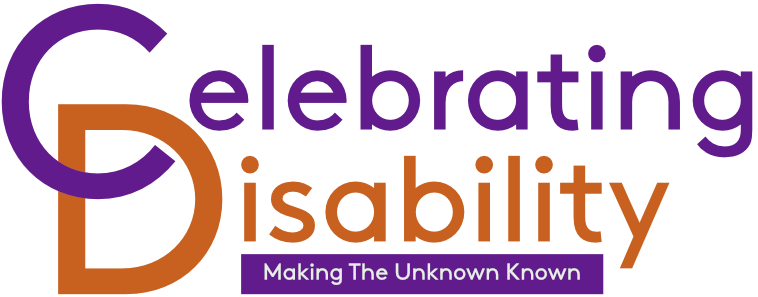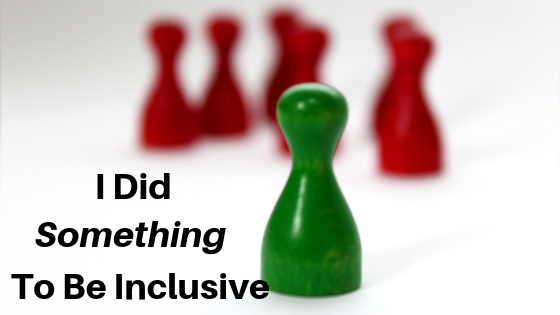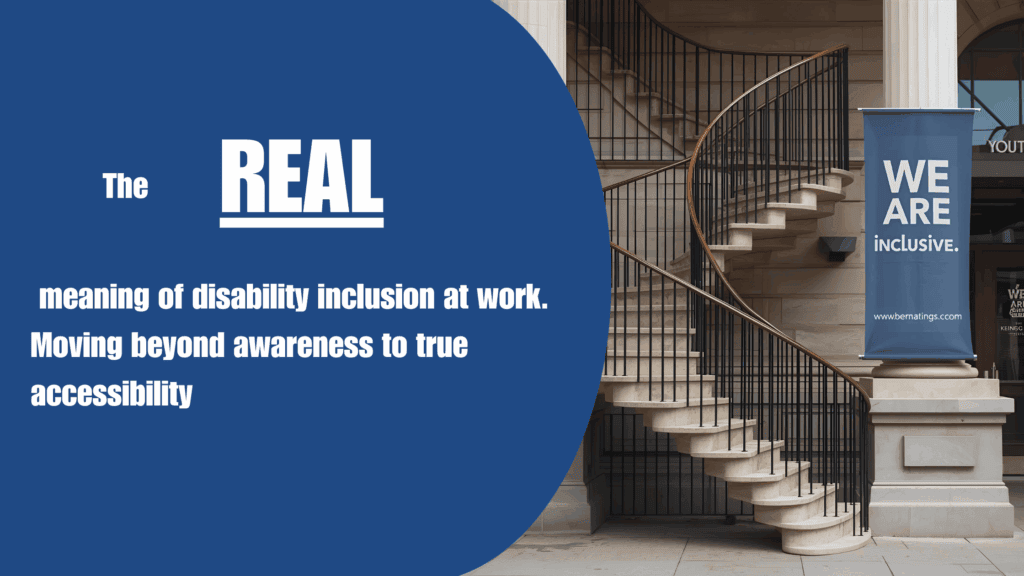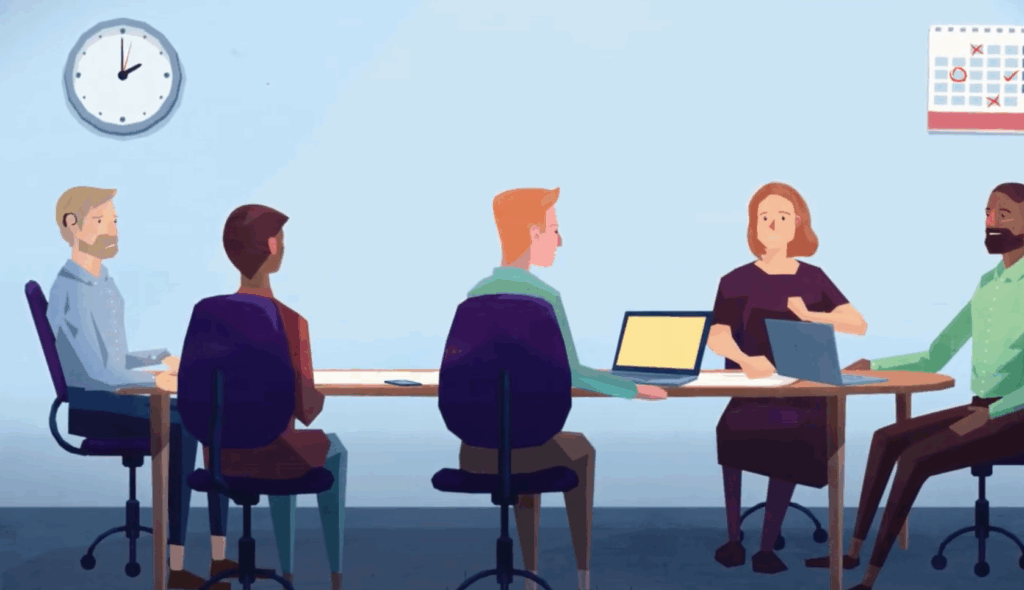In this blog: When promoting disability inclusion, it’s important to be consider as many factors as possible. Here are some tips to get you started.
Quick Links:
- Planning for the majority
- Captioning services
- Think about access requirements
- Looking deeper
- Setting the standard
I have a question. Is it ok to be 50% disability inclusive?
I think disability inclusion is an essential factor of presenting and hosting events. The other day I attended an event where the speaker displayed a video with no dialogue. Instead of dialogue, the message was displayed in text. This video was about 5 minutes long. I mentioned to the speaker afterwards that although the video was good, there may have been people in the room who would not have been able to access the video due to sight impairments, dyslexia, a language barrier or for many other reasons that prevent an individual from being able to read the words on screen. For example, I read at a slower pace and therefore was not able to access this film because the text was changing too quickly.
The speaker replied that they knew this was an issue but it was the best video they can find.
As a professional delivering content over several platforms: social media, website, blogs, podcasts, face-to-face speeches and conversations, I must admit that on occasions I have fallen into that trap of going for the “easier” option and not covering all the accessibility basis possible. But is this a good enough excuse? Can convenience be the prevailing factor over whether we look a bit deeper to find the perfect video? Can a limited time be the reason why 4 out of 5 of our videos have closed captions but the 5thone hasn’t? Let’s explore this a bit deeper.
Convenience of Incorporating Disability.
The argument that the inclusive version that you found conveys your message but the video is not inclusive because not everybody can access it. If your audience cannot access the video, is it really affective and therefore is it actually convenient?
Time.
On one hand, it is faster to upload a video that you have recorded on your phone or in the studio straight onto LinkedIn/Twitter/ Instagram or any of the other platforms in order to immediately share new and exciting content with your audience. You may even get a few hundred likes, comments and even sales. But how many more would you have if you were reaching and engaging with all your potential audience? How much time do you save? How much more time does it take when somebody contacts you and asks you for information on a specific subject and instead of just giving them the video, you have to create something new because your video does not meet their requirements?
You may be thinking that your audience does not have access requirements and nobody has ever said anything and that is why you do not need to invest the time making your content inclusive for everyone. Calculate your potential audience. One in five of your audience will have a disability. That’s one in five that could potentially not engage with your message.

At the event I was talking about, before the speaker showed the video, at least 3 audience members had disclosed that they had dyslexia and a learning disability. That was 3 members of the audience where the important message that the speaker was trying to convey may not have been engaged with.
I’ve decided that creating content out of convenience but excludes people is not a good enough reason. I have created 5 tips to help you ensure that disability inclusion can be easy and convenient.
Although disability is still a minority group, there are now 13.9 million disabled people in the UK. This is a very fast-growing minority. Create content that everyone can access. If you’re not sure how, ask. Look on LinkedIn to find those videos that do have captions and then contact that person to ask them how they did it.
When I attend events as a delegate, I am often handed a workbook or a feedback form. As a physically disabled person, I cannot handwrite and so I ask the host to forward the document to my email address. This could always be offered ahead of time so that your delegates that cannot access physical paperwork have an alternative. Apart from being inclusive, you are also helping the environment.
YouTube have a service where they generate closed captions on your behalf. It is always worth checking that the dialogue reflects what the person in the video is saying as this is not always accurate first-time. Temi.com and Rev.com also provide efficient close captioning services for competitive rates.
Think about access requirements
Offer your audience and opportunity to tell you if they have any specific support requirements. Ahead of delivering, I contact the delegates and ask if they have any access requirements they would like me to be aware of. This is their opportunity to tell me about anything that would make their experience better. It also ensures I can be informed and prepared.
When I send online surveys via links in emails, I make sure to tell the recipient that the survey is also available as a Word document. At the top of the Word document, I state that the document is available in other formats and leave my contact details for anyone to contact me who would like this. This is displayed in at least font size 14.
Obviously, this would be harder to do on social media when you are talking to a mass audience but is easy to implement for face-to-face events, written correspondence, etc.
There are so many videos on YouTube that will convey the message that you’re trying to give to your audience. If after looking a little bit deeper, you genuinely cannot find the video that conveys your message and also meets your inclusion standards, consider another way to convey the message. Perhaps make your own video or explain to the audience as a whole what the video is showing.
I am a strong believer that we need to start taking responsibility for creating disability inclusion in society and that we can lead the way for others to follow. Therefore, if you’re hosting an event where you are booking speakers, have a standard of inclusion that your speakers must follow in order to secure a spot at your event.
Stay up to date with the latest blogs on disability inclusion and much more. Join our mailing list.




